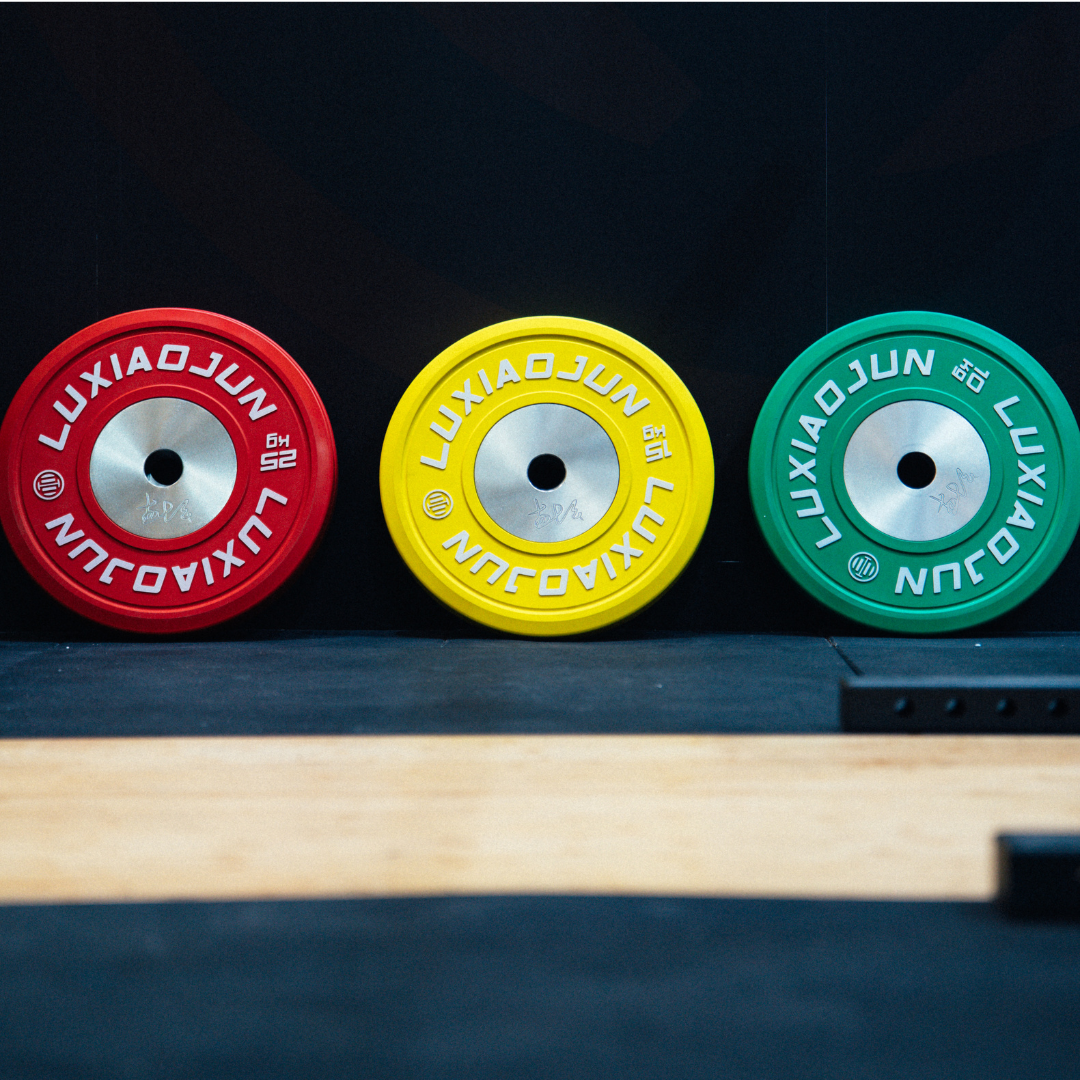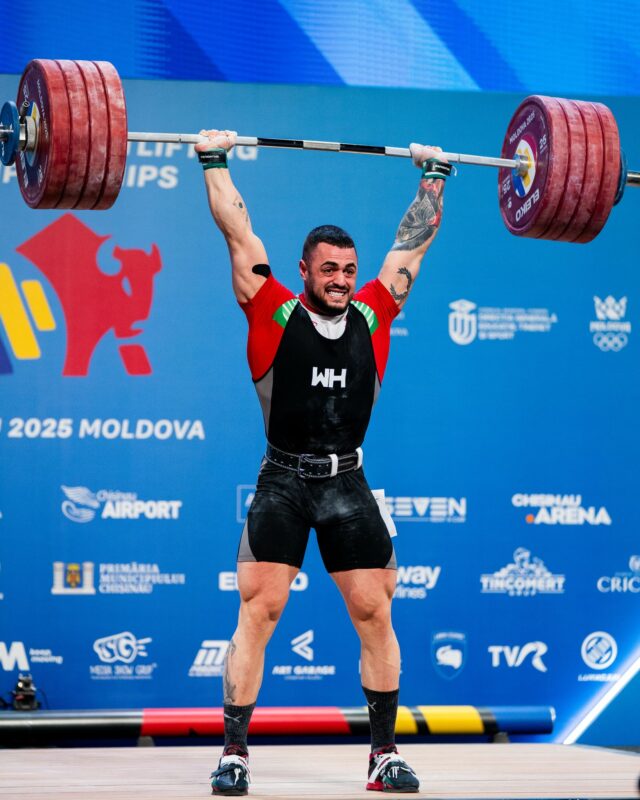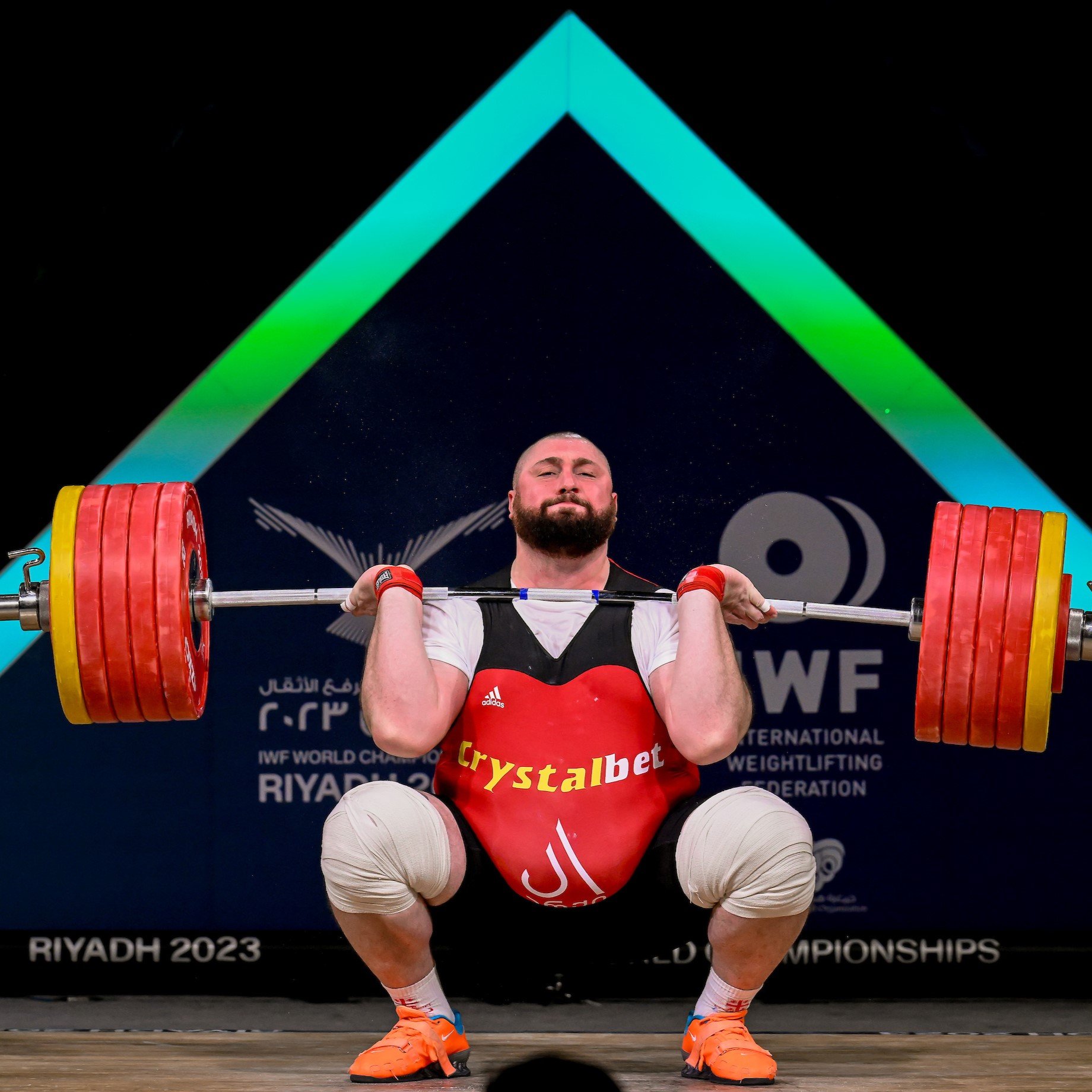ENJOY FREE SHIPPING WHEN YOU SPEND €99+ for 🇳🇱 🇩🇪 🇫🇷 🇧🇪 🇱🇺 🇸🇪 🇩🇰 🇦🇹 🇧🇬
ENJOY FREE SHIPPING WHEN YOU SPEND €99+ for 🇳🇱 🇩🇪 🇫🇷 🇧🇪 🇱🇺 🇸🇪 🇩🇰 🇦🇹 🇧🇬
ENJOY FREE SHIPPING WHEN YOU SPEND €99+ for 🇳🇱 🇩🇪 🇫🇷 🇧🇪 🇱🇺 🇸🇪 🇩🇰 🇦🇹 🇧🇬
New IWF World Standards: The Race Starts Now


What Are World Standards — and Why Do They Matter?
When the IWF launched the new weight classes in June 2025, they didn’t just reshuffle the divisions — they reset the record books. Clean slate. No world records carried over. To avoid handing out “first-time” records too easily, the IWF introduced World Standards — predetermined benchmarks that lifters must exceed by at least 1 kg to establish a new world record. These aren’t random numbers. They were calculated by taking historical world records from the old categories, fitting them into a quadratic model (yep, math), and then reducing the results by 3% to set elite but theoretically achievable goals.
In short: you want your name in the record books? You’ve got to earn it.
Here are a few of the big ones:
- Men +110 kg: 218 / 260 / 477 kg
- Women 48 kg: 98 / 119 / 210 kg
- Women 86 kg: 129 / 162 / 289 kg
(Snatch / Clean & Jerk / Total)
Until someone breaks them, these standards act as placeholders. No record = no glory. Just the pressure.
Are They Too Hard? (Or Not Hard Enough?)

This is where it gets interesting.
Most fans and lifters agree that the idea behind World Standards makes sense — we want records to mean something. But some of the actual numbers? People are scratching their heads.
Take the +110 kg men’s total: 477 kg. That’s Lasha-level. One man in history has hit that — and he’s a superheavyweight phenom. Setting that as the minimum? That’s more of a flex than a standard.
But then there’s Karlos Násar.
At just 20 years old, Násar is already one of the most explosive athletes in the sport. He owns the current senior world record clean & jerk in the (now former) 89 kg class — a mind-blowing 223 kg — and has been edging toward a 400 kg total in competition. Some argue the new 94 kg class was tailor-made for him.
Under the new standards, the 94 kg totals are set at:
- Snatch: 181 kg
- Clean & Jerk: 221 kg
- Total: 396 kg
For someone like Násar, that’s not just reachable — it’s beatable. If he’s healthy and in form, he could take all three records this year. The standards may be high, but with lifters like him in the mix, they’re not out of reach. So are the standards too hard? For some categories, maybe. But lifters like Násar are already circling them. And that’s the point. The bar should be high — just not out of sight. Online debates are heating up. Some say the math doesn’t reflect real-world performance. Others argue that the quadratic model misrepresents lightweight and superheavy classes. A few categories look very beatable, while others seem like they’ll stand untouched for years.
Bottom line: the standards aren’t perfect, but they’re serious. This isn’t about participation trophies. It’s about protecting the prestige of the sport.
What Happens Now?
The stage is set. The numbers are locked in. The only thing missing? Someone to beat them. Expect fireworks at this year’s continental championships and the World Championships in October. Lifters and coaches will be strategizing hard to make history — and national federations will want their athletes in the books ASAP. If these standards prove too hard in practice, the IWF may eventually revise them. But for now, they’re the benchmark. No shortcuts. No freebies. Just the barbell, the platform, and the pressure.
And that’s what makes it exciting.
Records are waiting. Who’s ready to lift their name into history?


